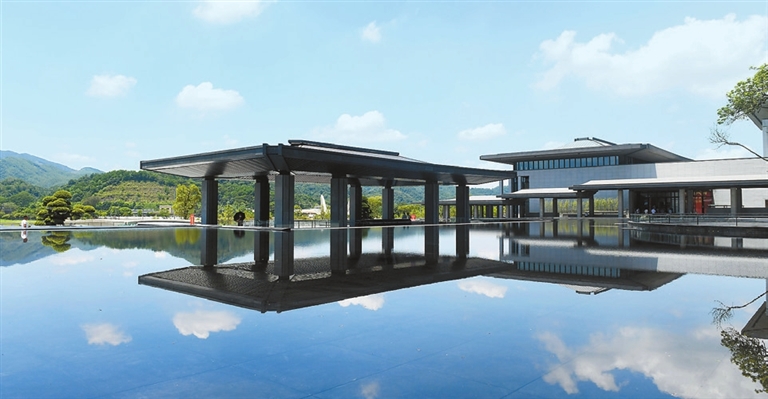
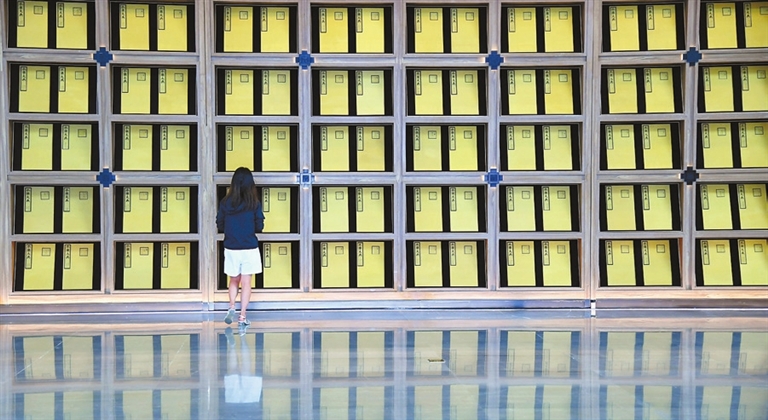
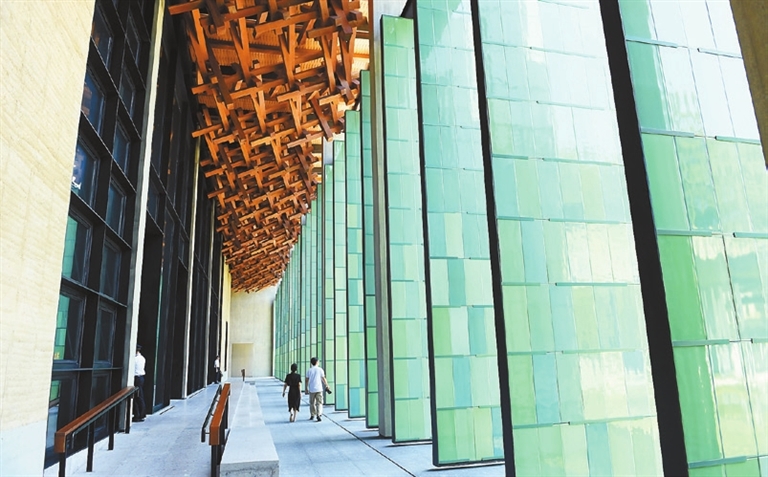
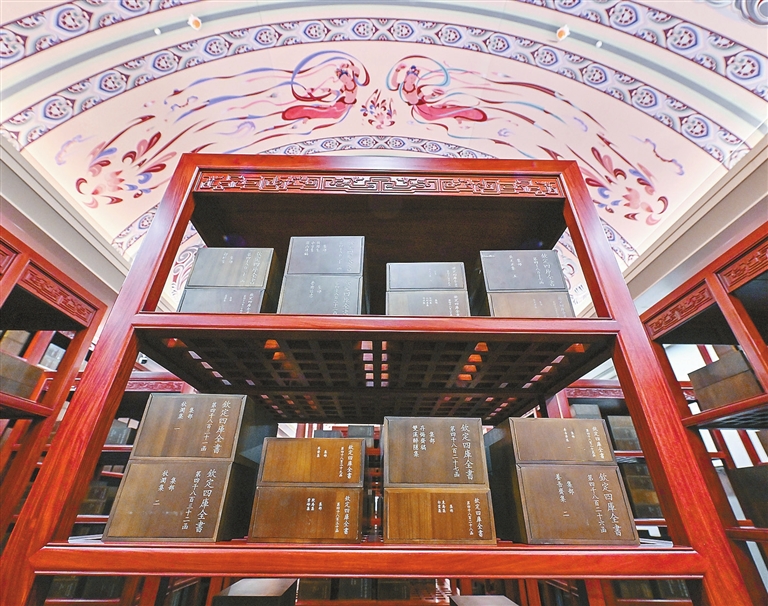
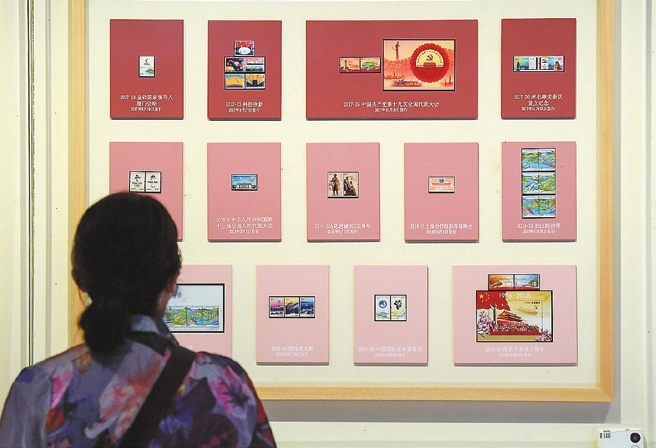
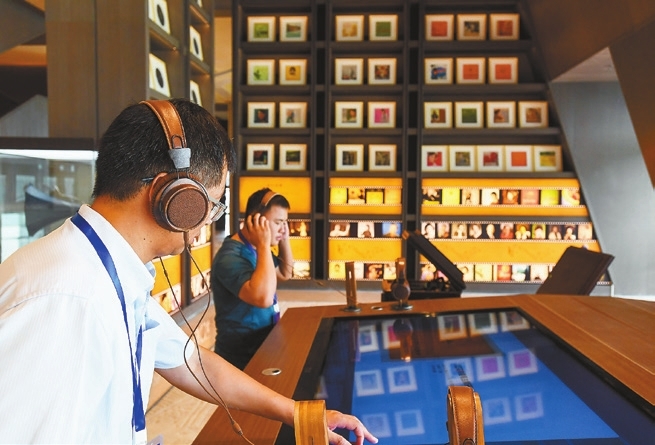
AFTER three years’ construction, the China National Archives of Publications and Culture, consisting of headquarters in Beijing and branches in Guangzhou, Hangzhou and Xi’an, opened Saturday. The institution aims to act as a “seed bank” for Chinese culture by playing a significant role in the inheritance of Chinese civilization. The establishment of the institution is one of the major cultural projects supported by the Central Government in China’s 14th Five-Year Plan (2021-2025). Wu Xiaotian, leader of the planning and implementation group for the institution’s headquarters, said the archives also promote dialogues among the world’s civilizations. Integrating exhibition halls, libraries, archives, museums and other functions, the archives collect physical embodiments of China’s publication cultural heritage such as ancient books, opera masks and stamps, as well as modern publications. The Beijing headquarters will take the lead in coordinating national publication resource planning, while the three branches will gather and cover publication resources for different regions. Beijing headquarters Located at the foot of Yanshan Mountain, the Beijing headquarters of the institute has reserved more than 16 million copies of historical tests and tens of thousands of exhibits. The historical development of China and the evolution of Chinese civilization are the main themes of the exhibitions at the headquarters, with relics such as stamps, ancient currency and terra-cotta warriors among other exhibits. Visitors can also enjoy the historical contexts that review the great rejuvenation of China and some 2,000 copies of classic Marxist texts that display the glorious course of the sinicization of Marxism. One of the star items at the Beijing headquarters is a set of Buddhist scriptures from the Western Xia Dynasty (1038-1227); the books are believed to be the oldest movable type printing products existing in the world. Other highlighted exhibits include oracle bone script, bamboo slips, nautical charts and reproduced Dunhuang murals. Guangzhou branch Covering an area of 246,900 square meters, the Guangzhou branch is located by the Liuxi River in Conghua and can store 25 million books. The branch has collected more than 200,000 pieces of historical texts on Lingnan culture, overseas Chinese culture, science and technology, more than 80,000 kinds of books in Hong Kong, Macao and Taiwanese editions and 20,000 kinds of books in foreign editions. Highlighted items include photocopies of Yongle Encyclopedia, “Complete Library in Four Sections” and “Historia del Gran Reino de la China.” Vinyl albums, calligraphic works, paintings and sculptures are also on display while large LED screens, immersive projections and autostereoscopy screens enhance visitors’ experience onsite. Xi’an branch Situated close to the south of the Qinling Mountains, the Xi’an branch is home to an estimated 2.09 million copies of historical texts and 160 terabytes of digital resources. The branch focuses on China’s northwestern culture and one of its current special exhibitions explores the ancient Silk Road civilization. Hangzhou branch As a densely populated and commercial area since ancient times, Hangzhou also assumes the responsibility of preserving the culture in the eastern part of China. Situated near the Archaeological Ruins of Liangzhu, the Hangzhou branch has received a total of 1 million books such as “The Communist Manifesto” in various languages donated by local bureaus and offices and private collectors. A total of 782 volumes of ancient books were donated by collector/businessmen Jin Liang in 2021. “The Hangzhou branch is positioned to inherit traditional Chinese culture, which is why we chose the location near Liangzhu, an area where China’s 5,000-year-old civilization started,” said architect Wang Shu, who designed the complex.(SD-Global Times) | 
